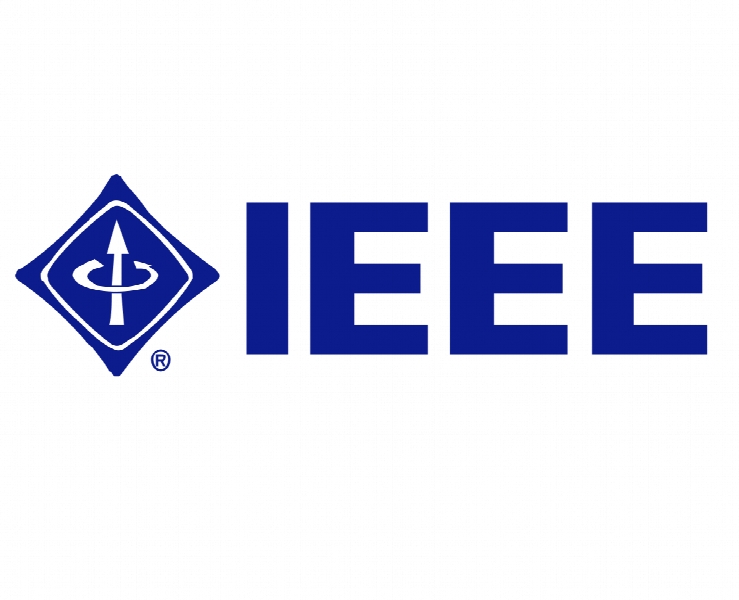یکپارچه سازی توزیع محتوا مبتنی بر خوشه بندی LTE و IEEE 802.11p با منطق فازی و Q-learning Cluster-Based Content Distribution Integrating LTE and IEEE 802.11p with Fuzzy Logic and Q-Learning
- نوع فایل : کتاب
- زبان : انگلیسی
- ناشر : IEEE
- چاپ و سال / کشور: 2018
توضیحات
رشته های مرتبط مهندسی کامپیوتر
گرایش های مرتبط هوش مصنوعی
مجله هوش محاسباتی – IEEE Computational Intelligence Magazine
دانشگاه The University of Electro-Communications – Tokyo – Japan
منتشر شده در نشریه IEEE
گرایش های مرتبط هوش مصنوعی
مجله هوش محاسباتی – IEEE Computational Intelligence Magazine
دانشگاه The University of Electro-Communications – Tokyo – Japan
منتشر شده در نشریه IEEE
Description
III. Proposed Protocol A. Assumption Each node is equipped with a positioning device and two wireless interfaces, namely, LTE interface and IEEE 802.11p interface. All nodes know the road map information and the average transmission range for V2V communications as in IEEE 802.11p. Each node sends its own location information, neighbor information (the number of vehicles driving toward the same direction as in subsection III-C), and velocity information using beacon messages with a predefined interval, which is 1 second by default. We assume a connected network topology where at least one multi-hop path exists between any two nodes. As a reliable transmission is the most important requirement of content distribution, which is from an LTE base station (BS) to a vehicle, we consider unicast communications for V2V communications which are easier to conduct retransmissions as compared to broadcast communications. As shown in Fig. 1, the contents are transmitted from an LTE BS to a gateway node, and then transmitted to multiple vehicles in vicinity simultaneously using V2V communications. B. Problem Definition and Protocol Overview We consider the problem of sending data from the cloud to vehicles, which is very important for vehicular IoT applications. edge cluster head and gateway cluster head) distributes the reward to its neighbors by using V2V communications. The decision to connect to the BS directly (or to a neighboring cluster head node) is made at each cluster head node by considering the reward the node can get by performing the corresponding action. The number of gateway nodes is tuned by the Q-learning algorithm according to the number of receivers, the quality of V2V links, and the available LTE bandwidth.


